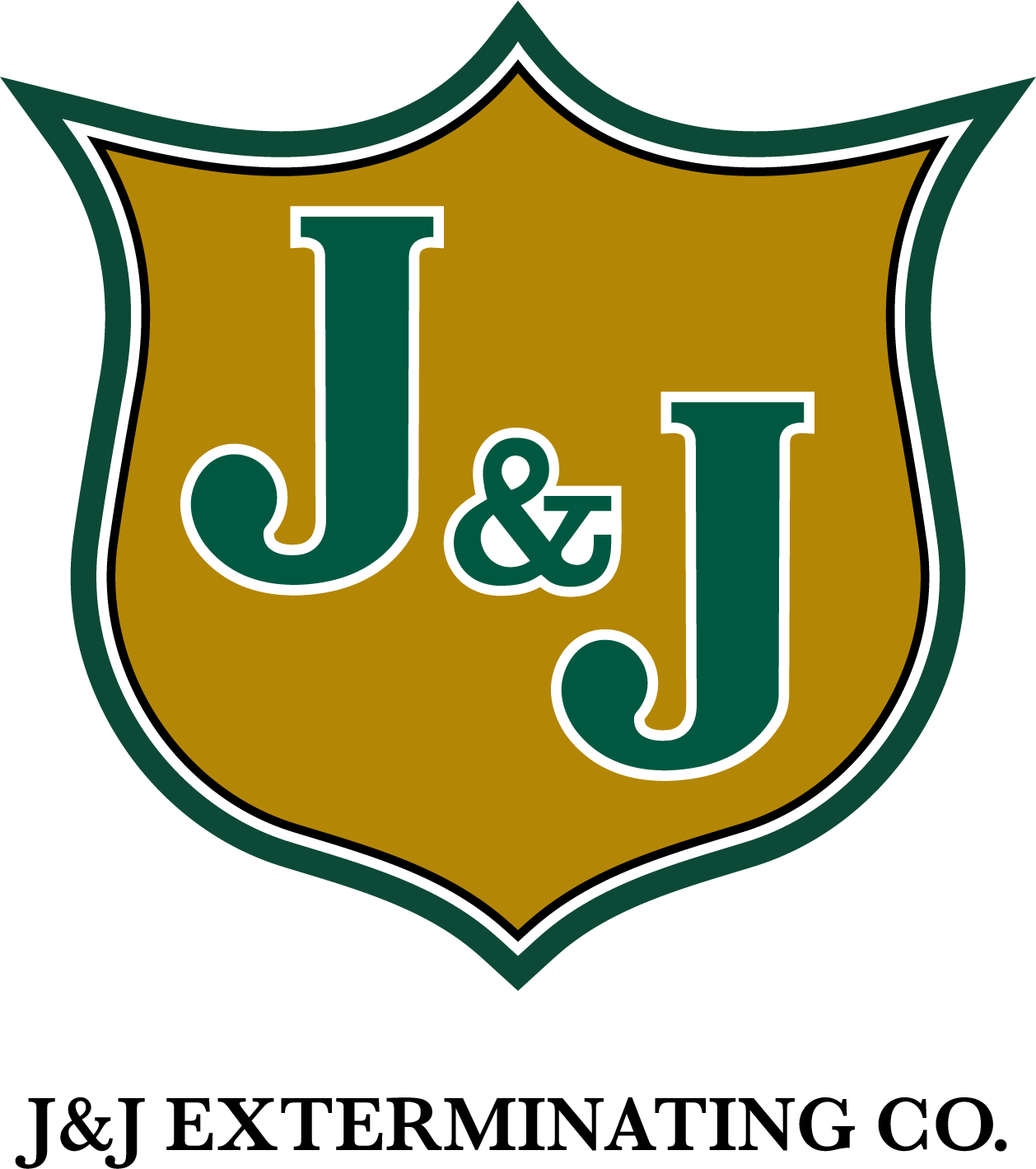It is well known that subterranean termites inflict far more damage to structures than drywood or dampwood termite species, and this is the case in the United States as well as in the rest of the world. In fact, 80 percent of all termite pest species are subterranean. However, drywood and dampwood termites also inflict a significant amount of damage to structures in the US and elsewhere, especially drywood termites. For example, in 1987 it was conservatively estimated that drywood termites had inflicted 30 million dollars in structural damage in the state of Florida alone. Also, back in 1979, the city of Corpus Christi, Texas spent a total of 3.7 million dollars on renovating and repairing structures that had been damaged by termites. Of this 3.7 million dollars, damages inflicted by drywood termites amounted for 2 million. Therefore, drywood termites can be even more destructive than their subterranean counterparts in some regions. The pest control methods employed to eradicate termite infestations differ in accordance with the type of infesting termite. Generally, preventative measures are employed to prevent subterranean termite infestations, but preventative pest control measures are ill-suited for drywood and dampwood termite control efforts.
Unlike subterranean termites that access structural wood from the ground-soil where they dwell, drywood and dampwood termites establish colonies within isolated pieces of wood. When infested isolated wood items are brought indoors, drywood termites can spread to a home’s structural wood. In some cases, this can lead to the establishment of multiple drywood termite colonies in one structure. Usually, a pest control professional can determine how many drywood termite colonies exist in a home. When this can be determined, professionals eradicate drywood termites with localized insecticide treatments, but whole-structure treatments are required when the existence of additional drywood termite colonies within a home are likely or cannot be determined. Whole-structure treatments, such as fumigations, are most often used for eradicating drywood or dampwood termite infestations while preventative soil or lumber treatments are meant to prevent subterranean termites from accessing a home’s timber-frame. Subterranean termite infestations are usually easier to detect than drywood infestations, as subterranean species create conspicuous mud tubes in order to build an access path between ground-soil and a home’s structural wood. Considering the difficulty in detecting drywood termite damage and determining the extent of a drywood infestation, it could be said that eradicating these non-soil dwelling termites is a relatively tricky undertaking.
Have you, or anyone you know, ever had an infestation of dampwood termites?
Tags: Termite Control, Termite Inspection, Termites




